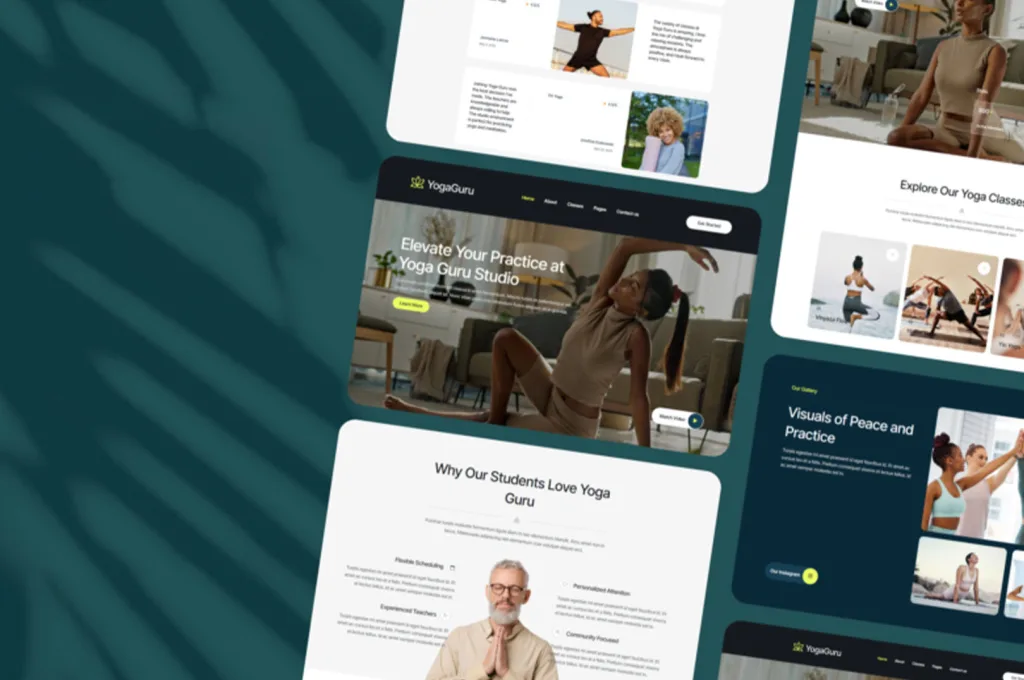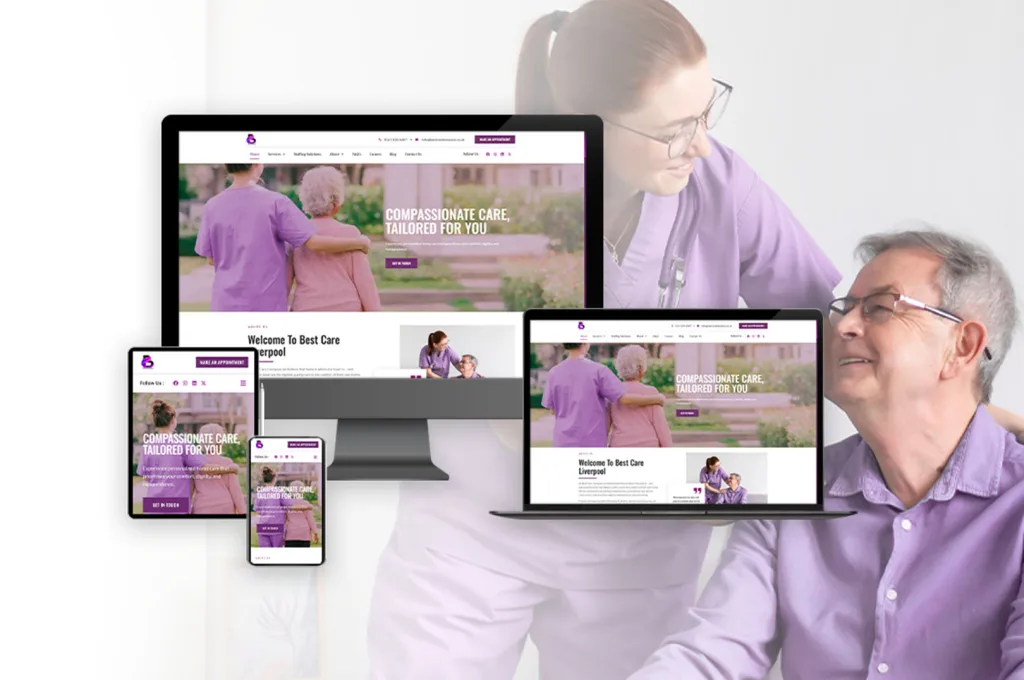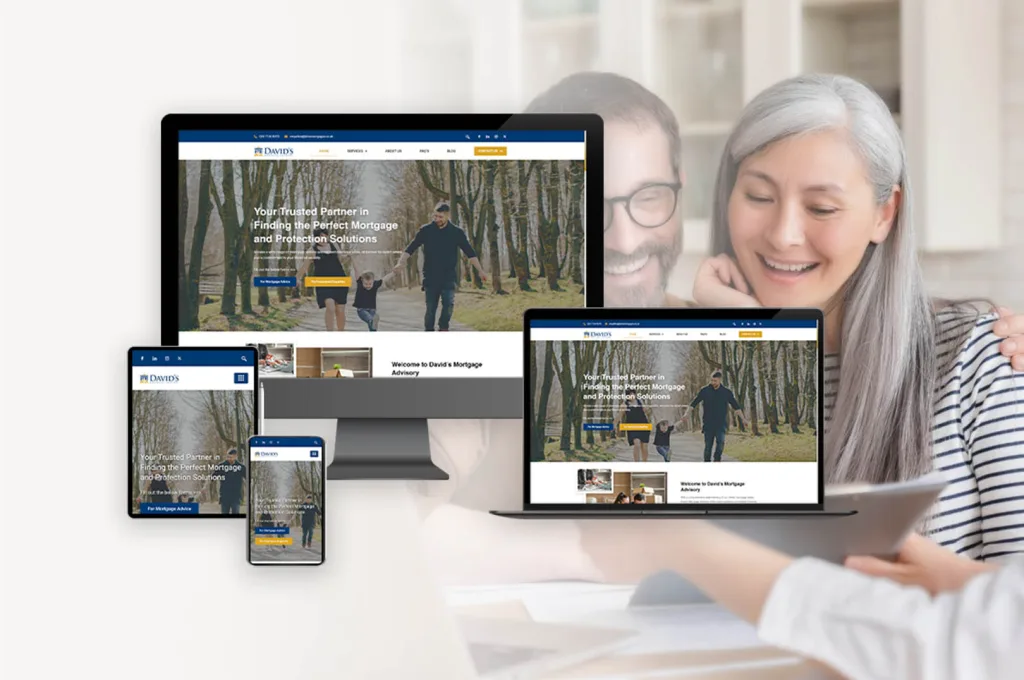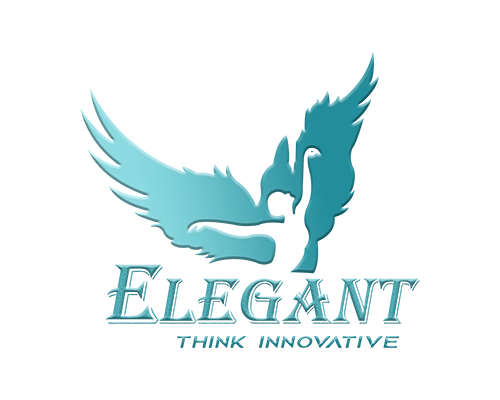How to Choose a Web Designer for Your Project?
How to Choose a Web Designer for Your Project?
Introduction
Choosing the right web designer for your project can be a daunting task. With so many web designers out there, it can be difficult to know which one is the best fit for your project. It is important to take the time to research and evaluate potential web designers to ensure that you are getting the best possible service for your project. This guide will provide you with tips on how to choose a web designer for your project, including what to look for in a web designer, how to evaluate their portfolio, and how to make sure you are getting the best value for your money.

What Questions to Ask When Choosing a Web Designer for Your Project
1. What experience do you have in designing websites?
2. How long have you been designing websites?
3. What design tools do you use?
4. Do you have any examples of websites you have designed?
5. What is your process for designing a website?
6. How do you ensure that the website is optimized for search engines?
7. How do you ensure that the website is mobile-friendly?
8. What is your timeline for completing the project?
9. What is your pricing structure?
10. How do you handle revisions and updates?
How to Evaluate a Web Designer's Portfolio
Evaluating a web designer’s portfolio is an important step in the process of selecting the right designer for your project. A portfolio is a collection of a designer’s work that showcases their skills and abilities. It is important to take the time to review a designer’s portfolio carefully in order to ensure that they are the right fit for your project.
When evaluating a web designer’s portfolio, there are several key factors to consider. First, look at the overall quality of the work. Is the design aesthetically pleasing? Does it have a consistent look and feel? Does it use the latest design trends? Does it have a good balance of visuals and text?
Next, consider the technical aspects of the work. Is the code well-structured and organized? Does it adhere to web standards? Is the design responsive and optimized for different devices?
Finally, look at the designer’s experience. How long have they been designing websites? What types of projects have they worked on? Do they have any certifications or awards?
By taking the time to evaluate a web designer’s portfolio, you can ensure that you are selecting the right designer for your project. A portfolio is a great way to get an idea of a designer’s skills and abilities, so it is important to review it carefully.
Tips for Finding the Right Web Designer for Your Needs
1. Research: Before you start your search for a web designer, it is important to do your research. Look at the portfolios of different web designers and read reviews from past clients. This will help you get an idea of the type of work they do and the quality of their services.
2. Set a Budget: Before you start looking for a web designer, it is important to set a budget. This will help you narrow down your search and ensure that you are not overspending.
3. Ask for Recommendations: Ask your friends, family, and colleagues for recommendations. This will help you find a web designer who has experience in the type of project you are looking for.
4. Check Their Portfolio: Once you have narrowed down your list of potential web designers, it is important to check their portfolio. This will give you an idea of the type of work they have done in the past and the quality of their services.
5. Ask Questions: Before you make your final decision, it is important to ask the web designer questions. This will help you get a better understanding of their services and ensure that they are the right fit for your project.
6. Get a Contract: Once you have chosen a web designer, it is important to get a contract in place. This will help protect both parties and ensure that the project is completed on time and within budget.
The Benefits of Working with a Professional Web Designer
Working with a professional web designer can be a great way to ensure that your website is designed to the highest standards. Professional web designers have the experience and expertise to create a website that is both visually appealing and functional. Here are some of the benefits of working with a professional web designer:
1. Professionalism: Professional web designers have the experience and knowledge to create a website that is both aesthetically pleasing and easy to use. They understand the importance of creating a website that is both visually appealing and user-friendly.
2. Quality: Professional web designers use the latest technologies and techniques to create a website that is both visually appealing and functional. They understand the importance of creating a website that is both visually appealing and user-friendly.
3. Cost-effectiveness: Professional web designers are able to create a website that is both cost-effective and efficient. They understand the importance of creating a website that is both visually appealing and user-friendly, while also being cost-effective.
4. Time-saving: Professional web designers are able to create a website quickly and efficiently. They understand the importance of creating a website that is both visually appealing and user-friendly, while also being cost-effective and time-saving.
5. Support: Professional web designers are able to provide ongoing support and maintenance for your website. They understand the importance of creating a website that is both visually appealing and user-friendly, while also being cost-effective and time-saving.
Overall, working with a professional web designer can be a great way to ensure that your website is designed to the highest standards. Professional web designers have the experience and expertise to create a website that is both visually appealing and functional. They understand the importance of creating a website that is both visually appealing and user-friendly, while also being cost-effective and time-saving. Additionally, they are able to provide ongoing support and maintenance for your website.
How to Set a Budget for Your Web Design Project
Setting a budget for a web design project is an important step in ensuring the success of the project. A budget helps to ensure that the project is completed on time and within the allocated resources. It also helps to ensure that the project is completed within the desired scope and quality.
When setting a budget for a web design project, it is important to consider the following factors:
1. Scope of the project: The scope of the project should be clearly defined in order to determine the amount of resources and time needed to complete the project. This includes the number of pages, features, and functionality that will be included in the website.
2. Design and development costs: The cost of the design and development of the website should be taken into account when setting a budget. This includes the cost of hiring a web designer, web developer, and any other professionals that may be needed to complete the project.
3. Hosting and maintenance costs: The cost of hosting and maintaining the website should also be taken into account when setting a budget. This includes the cost of purchasing a domain name, hosting plan, and any other services that may be needed to keep the website running.
4. Testing and quality assurance costs: The cost of testing and quality assurance should also be taken into account when setting a budget. This includes the cost of hiring a tester to ensure that the website is functioning properly and meets the desired quality standards.
By taking these factors into account, it is possible to set a realistic budget for a web design project. This will help to ensure that the project is completed on time and within the allocated resources.
Conclusion
Choosing a web designer for your project is an important decision that should not be taken lightly. It is important to take the time to research potential web designers, ask questions, and get references. You should also consider the designer’s experience, portfolio, and communication style. Ultimately, the best web designer for your project is the one who can best meet your needs and provide the best value for your money.
If you’re looking for a web designer to help you with your project, look no further than Elegant With their experienced team of web designers, you can be sure that your project will be completed with the highest quality and attention to detail. Click here to get started and find the perfect web designer for your project today!
FEATURED POSTS
-
 Elegant Shines at BestWeb.LK 2025 with 4 Prestigious Awards
Elegant Shines at BestWeb.LK 2025 with 4 Prestigious Awards -
 Why Every Bakery Needs a Professional Website
Why Every Bakery Needs a Professional Website -
 Why Yoga Instructors or Yoga Institutes Should Have a Professional Website
Why Yoga Instructors or Yoga Institutes Should Have a Professional Website -
 How a Mobile Friendly Website Can Boost Your Sales
How a Mobile Friendly Website Can Boost Your Sales -
 ELEGANT Launches New Website for Best Care Liverpool
ELEGANT Launches New Website for Best Care Liverpool -
 ELEGANT Launches New Website for David’s Mortgage Advisory Ltd with a Fresh, Professional Look
ELEGANT Launches New Website for David’s Mortgage Advisory Ltd with a Fresh, Professional Look
How to Choose a Web Designer for Your Project? Read More »












